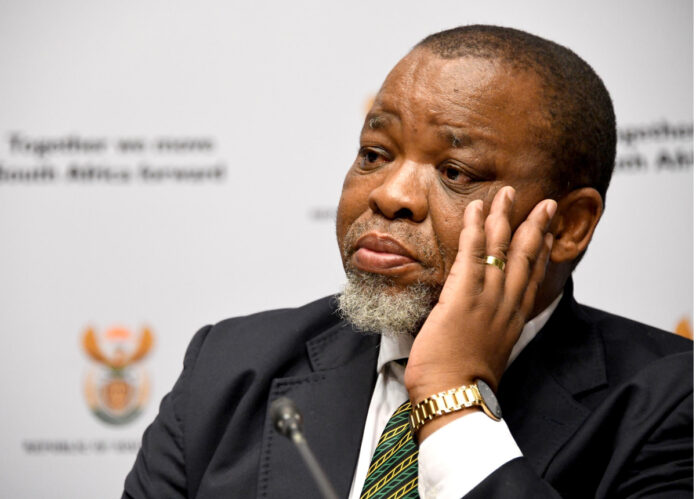By Larry Claasen
SOUTH Africa launched the South African National Petroleum Company (SANPC), merging three state entities to tackle collapsing refinery capacity and soaring fuel imports.
Mineral Resources Minister Gwede Mantashe said at its launch in May that it was a “significant turning point” for energy security.
The new company was formed by combining Central Energy Fund (CEF) subsidiaries iGas, PetroSA, and the Strategic Fuel Fund (SFF).
Refinery collapse drives crisis
Mantashe said the immediate goal of the SANPC was to increase the country’s refinery capacity, which has seen a sharp drop off over the past 15 years. This will see the reinstatement of PetroSA’s Gas-To-Liquids (GTL) refinery in Mosselbay and the rebuilding of the South African Petroleum Refinery (SAPREF) in Durban.
“Since 2009, South Africa has experienced a 11% year-on-year growth in imports of fuel relative to local market production. This increase has largely been driven by a decline in local refinery capacity and the simultaneous increase in demand for refined products.”
He notes: “We cannot be complacent with a situation where local refining capacity accounted for about 80% of finished product consumed in 2010, compared to less than 35% in 2022.”
Dealing with the “Gas Cliff”
Aside from producing refined oil, the looming “gas cliff” that will see South Africa not being able to meet its industrial gas needs in some time in 2028, is also something Mantashe hoped the new entity could tackle.
“With the ever-growing demand for natural gas, in addition to the supply constraints, as well as inadequate petroleum development due to pressure from lobby groups against oil and gas developments, our nation is set to experience a gas deficit in the coming years.”
He was looking to the iGas structure in SANPC to provide solutions to the gas crisis.
“Although iGas has historically been a successful, yet inactive, custodian of South Africa’s gas infrastructure, the SANPC is expected to become an active participant in gas infrastructure.”
Governance reforms
Mantashe might see SANPC as one of the solutions to the country’s energy challenges, merging the three entities was not hassle free. For example, out of the three merging entities, only iGas and SFF were financially viable to be merged into the new company, according to a government statement put out a year ago.
At the time, governance issues at PetroSA meant the only financially viable division to be merged into the new company was its trading supply and logistics operation.
To enable the entity to deliver on its mandate, Mantashe said good governance had to be ensured, so as to reduce both the operational and financial risks. “Hence, we swiftly appointed the board of directors, an interim CEO, as well as the non-executive directors in April last year.”
Godfrey Moagi, the former CEO of the SFF, has taken over as SANPC CEO.
Fossil fuel gambit vs climate goals
The SANPC’s mandate, however, of fostering fossil fuels clashes with global decarbonisation trends. Mantashe acknowledged the “shift to cleaner energy”, but he defended fossil fuels as critical for “industrial growth” and energy security. The entity will oversee offshore oil and gas exploration, despite environmental opposition and risks of stranded assets.
